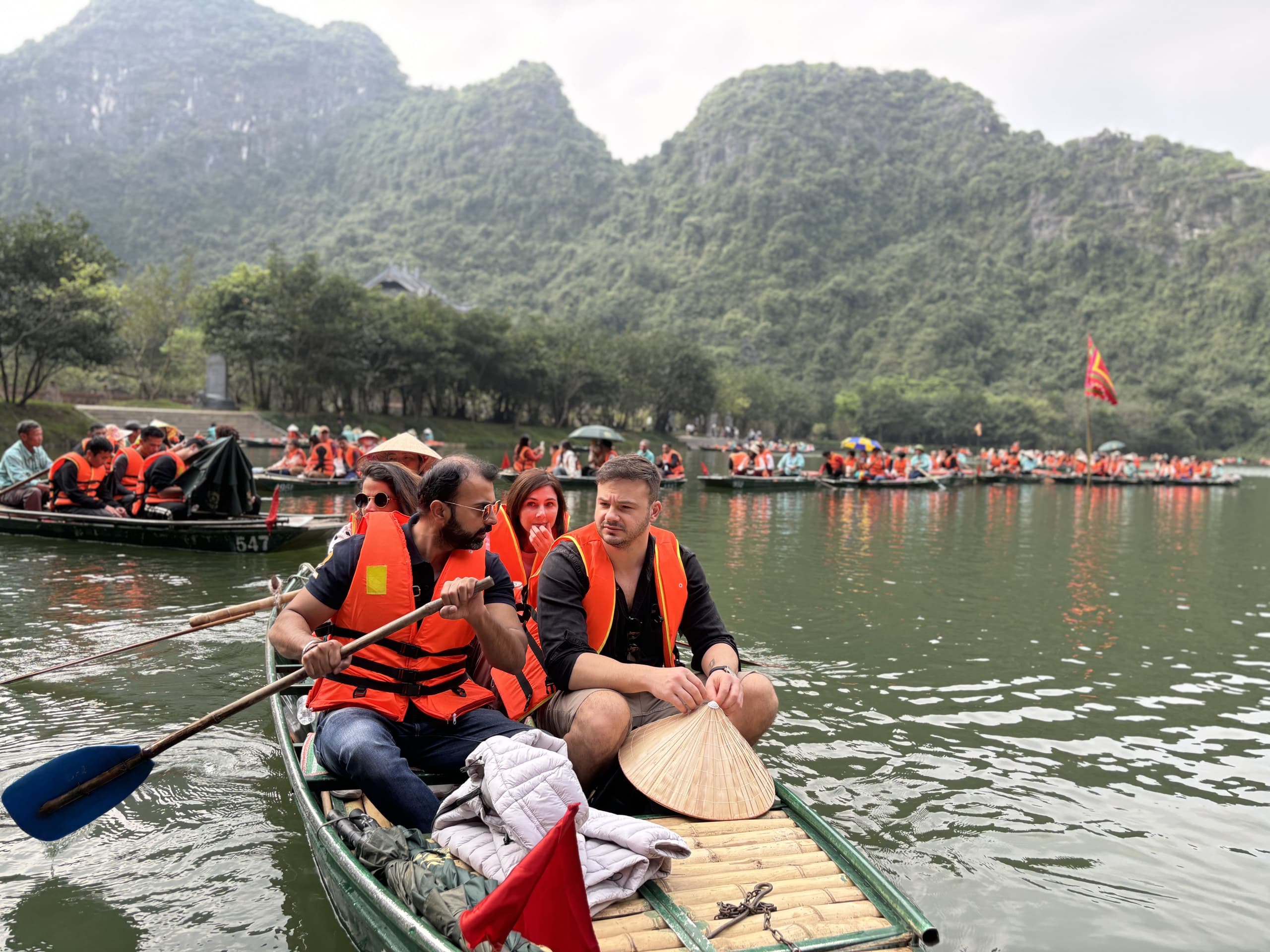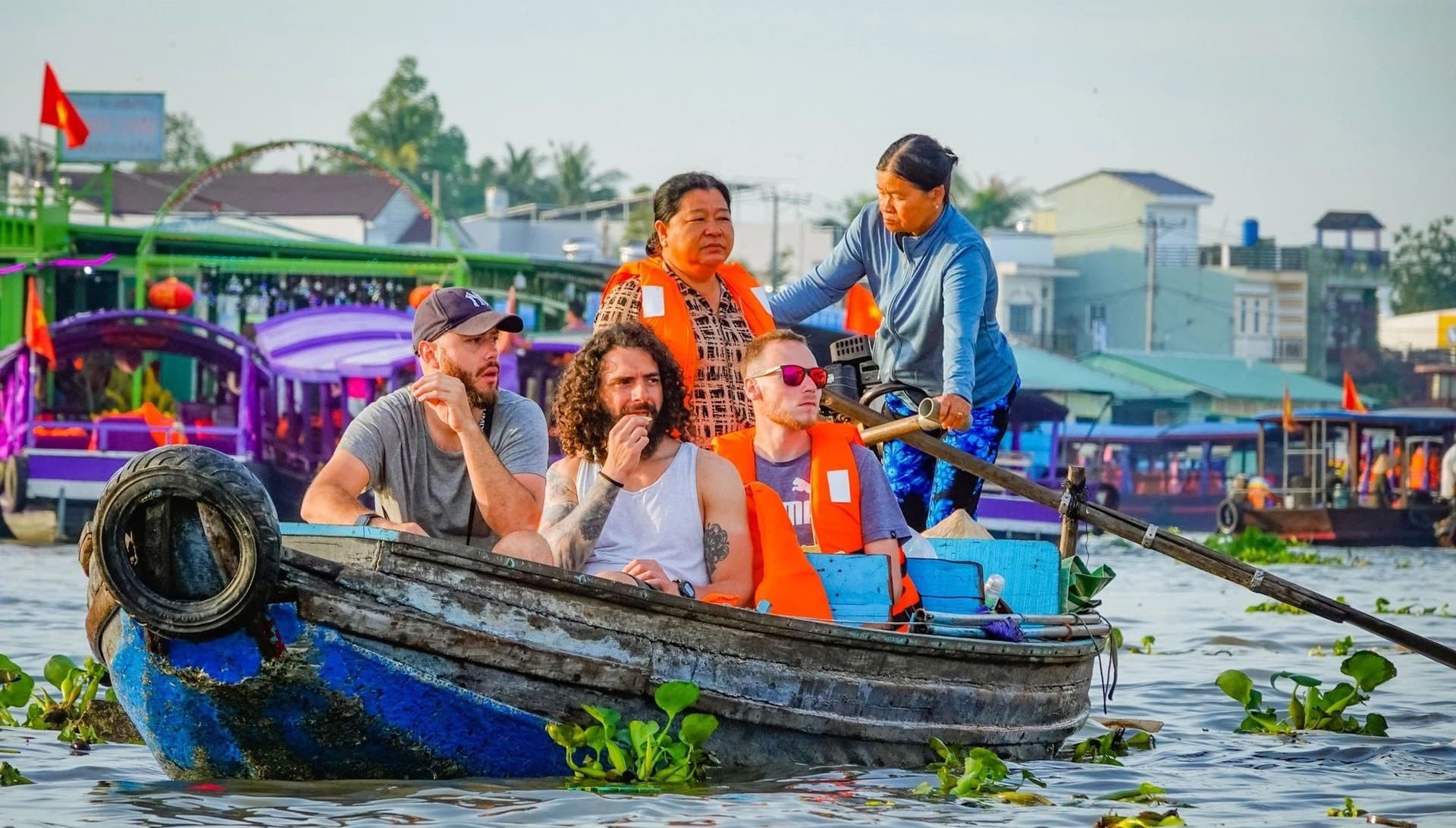Vietnam, a land of breathtaking landscapes, rich culture, and delicious food, has become one of the top travel destinations in Southeast Asia. From the buzzing streets of Hanoi to the tranquil beaches of Phu Quoc, Vietnam offers something for every type of traveler. But like any foreign destination, exploring Vietnam for the first time can be overwhelming. That’s why we’ve put together this complete guide of Vietnam travel tips for foreign visitors—to help you have a safe, smooth, and unforgettable experience.

Vietnam Travel Tips for Foreign Visitors: A Complete Guide
Understand Vietnam’s Entry Requirements
Before booking your flight, make sure you understand the visa requirements. Many travelers from Europe, North America, and other parts of Asia are required to apply for a Vietnam visa. Fortunately, Vietnam offers a convenient e-visa system, which allows travelers from over 80 countries to apply online and receive their visa via email.
Tip: Always check the official immigration website or contact the Vietnamese embassy in your country to get the most up-to-date visa requirements.

Understand Vietnam’s Entry Requirements
Best Time to Visit Vietnam
Vietnam’s weather varies significantly by region:
-
North Vietnam (Hanoi, Sapa, Ha Long Bay): Best visited from October to April, when it’s cooler and dry.
-
Central Vietnam (Hue, Da Nang, Hoi An): Visit from February to August, when the weather is warm and pleasant.
-
Southern Vietnam (Ho Chi Minh City, Mekong Delta): Enjoys a tropical climate; best visited from December to April.
Avoid traveling during the Tet Holiday (Vietnamese New Year), which usually falls in late January or early February, as most businesses close and transportation gets hectic.
Learn a Few Vietnamese Phrases
While English is spoken in many tourist areas, especially by younger people, learning a few basic Vietnamese phrases can go a long way in making connections and showing respect.
-
Hello – Xin chào
-
Thank you – Cảm ơn
-
Yes – Vâng
-
No – Không
-
How much? – Bao nhiêu tiền?
A small phrasebook or translation app like Google Translate can be very helpful during your trip.

Learn a Few Vietnamese Phrases
Choose Your Transportation Wisely
Vietnam offers a wide range of transport options:
-
Domestic flights: Quick and convenient for long distances (e.g., Hanoi to Ho Chi Minh City).
-
Trains: A scenic, albeit slower, option for traveling between major cities. Try the Reunification Express.
-
Buses and minibuses: Affordable and available everywhere, but may not be comfortable for long journeys.
-
Motorbikes: Renting a motorbike is a popular way to explore, especially in places like Da Lat or Ha Giang. However, traffic can be chaotic, and a Vietnamese or international driver’s license is required.
-
Taxis and ride-hailing apps: Stick with reliable apps like Grab or Be to avoid scams.
Respect Local Customs and Culture
Vietnamese people are generally warm, friendly, and respectful. As a visitor, it’s important to return that respect. Here are some cultural tips to remember:
-
Dress modestly when visiting temples or pagodas—cover shoulders and knees.
-
Remove your shoes before entering someone’s home.
-
Avoid public displays of affection.
-
Don’t touch someone’s head, especially children.
-
Always use both hands when giving or receiving something.

Respect Local Customs and Culture
Try Local Food—but Be Cautious
Vietnamese cuisine is one of the highlights of the trip. From pho (beef noodle soup) to banh mi (Vietnamese sandwich), you’ll find delicious dishes in every city. However, it’s important to be cautious:
-
Eat at busy street stalls or restaurants with good hygiene practices.
-
Avoid drinking tap water. Stick to bottled or filtered water.
-
Try local fruits, but wash them first or choose ones with peels.
Must-try foods:
-
Pho
-
Bun cha
-
Banh xeo (crispy pancake)
-
Cao lau (Hoi An specialty)
-
Fresh spring rolls (goi cuon)
Watch Out for Common Scams
Unfortunately, like many tourist destinations, Vietnam has its share of tourist scams. Stay alert:
-
Always agree on the price before taking a ride, especially with cyclo drivers or taxi drivers who don’t use a meter.
-
Avoid overly friendly strangers who invite you for a drink or a card game—it could be a scam.
-
Only exchange currency at banks or licensed exchange counters.
-
Be cautious when renting motorbikes—inspect the vehicle and take photos to avoid damage charges later.
Dress for the Climate and Respect
Vietnam is hot and humid, especially in the South. Lightweight, breathable clothing is ideal. However, when visiting religious sites or local homes, bring a shawl or light jacket to cover your shoulders or knees if necessary.
For trekking or visiting the North in winter (e.g., Sapa), bring warmer layers, as temperatures can drop significantly.

Dress for the Climate and Respect
Prepare for Internet and Connectivity
Vietnam has widespread Wi-Fi coverage, even in rural areas. Most hotels, cafes, and restaurants offer free Wi-Fi. You can also buy a local SIM card with mobile data at the airport or convenience stores for cheap and reliable internet.
Popular mobile providers: Viettel, Vinaphone, Mobifone.
Carry Cash, But Use Cards Wisely
Vietnam is still a mostly cash-based economy, especially outside major cities. Always carry small denominations of Vietnamese Dong (VND). ATMs are widely available, but some may charge high withdrawal fees.
Credit cards are accepted in high-end hotels, restaurants, and shopping malls—but not at local markets or small eateries.
Travel Insurance Is Essential
No matter how well you plan, unexpected things can happen. Travel insurance that covers medical emergencies, theft, cancellations, and accidents (especially if you’re riding a motorbike) is a must.
Discover Must-See Destinations
Depending on your interests, Vietnam offers a wide range of travel experiences:
-
Nature lovers: Ha Long Bay, Ninh Binh, Phong Nha-Ke Bang, Sapa
-
Beachgoers: Da Nang, Nha Trang, Phu Quoc, Con Dao
-
History and culture: Hue Imperial City, Hoi An Ancient Town, Cu Chi Tunnels
-
Urban explorers: Hanoi’s Old Quarter, Ho Chi Minh City nightlife
Each region has its own charm, so plan your route based on your travel duration and preferences.
Be Patient with Traffic and Time
Traffic in Vietnam, especially in big cities, can be overwhelming. Motorbikes dominate the roads and follow an unspoken rhythm. When crossing the street, walk slowly and predictably—vehicles will flow around you.
Don’t be surprised if buses or trains are delayed. Time moves a bit slower in Vietnam, so stay flexible and embrace the pace.
Be a Responsible Tourist
Sustainable travel is growing in Vietnam, and tourists are encouraged to:
-
Avoid single-use plastics.
-
Support local artisans and family-run businesses.
-
Don’t litter—especially at beaches and national parks.
-
Respect wildlife and natural sites.
-
Avoid tours that exploit animals or local communities.
Your respect makes a positive impact.
Stay Healthy and Safe
Vietnam is generally a safe destination, but a few precautions can help:
-
Carry hand sanitizer and tissues (some public restrooms lack supplies).
-
Wear sunscreen and stay hydrated.
-
Use insect repellent in tropical and rural areas.
-
Check if you need vaccinations before your trip.
In case of emergency, dial:
-
113 – Police
-
114 – Fire
-
115 – Ambulance
Hospitals in major cities like Hanoi and Ho Chi Minh City have international-standard facilities.
Vietnam is a country of contrasts—ancient and modern, serene and bustling, simple and deeply profound. With a bit of preparation and an open heart, your journey can be smooth, enriching, and full of unforgettable moments. Follow these Vietnam travel tips for foreign visitors, and you’ll not only see the sights but truly connect with the soul of this beautiful nation.
